PC Specialist Vortex Ultima R Review
January 30, 2019 | 14:30
Companies: #intel #nvidia #pc-specialist
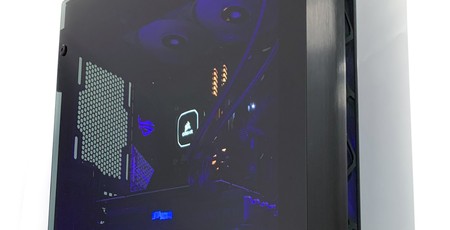
Manufacturer: PC Specialist
UK price (as reviewed): £2,249.00 (inc. VAT)
US price (as reviewed): N/A
If you're keen to get on the ray tracing band wagon but are looking for a whole new rig with the possibility of it being pre-built, there are plenty of Nvidia RTX systems out there, and as we've seen countless times before with complete system reviews you often can't build the same rig for less. This means that with everything considered if you are in the market for a complete overhaul, a monstrous PC like the one we have here from PC Specialist could be the way to go.
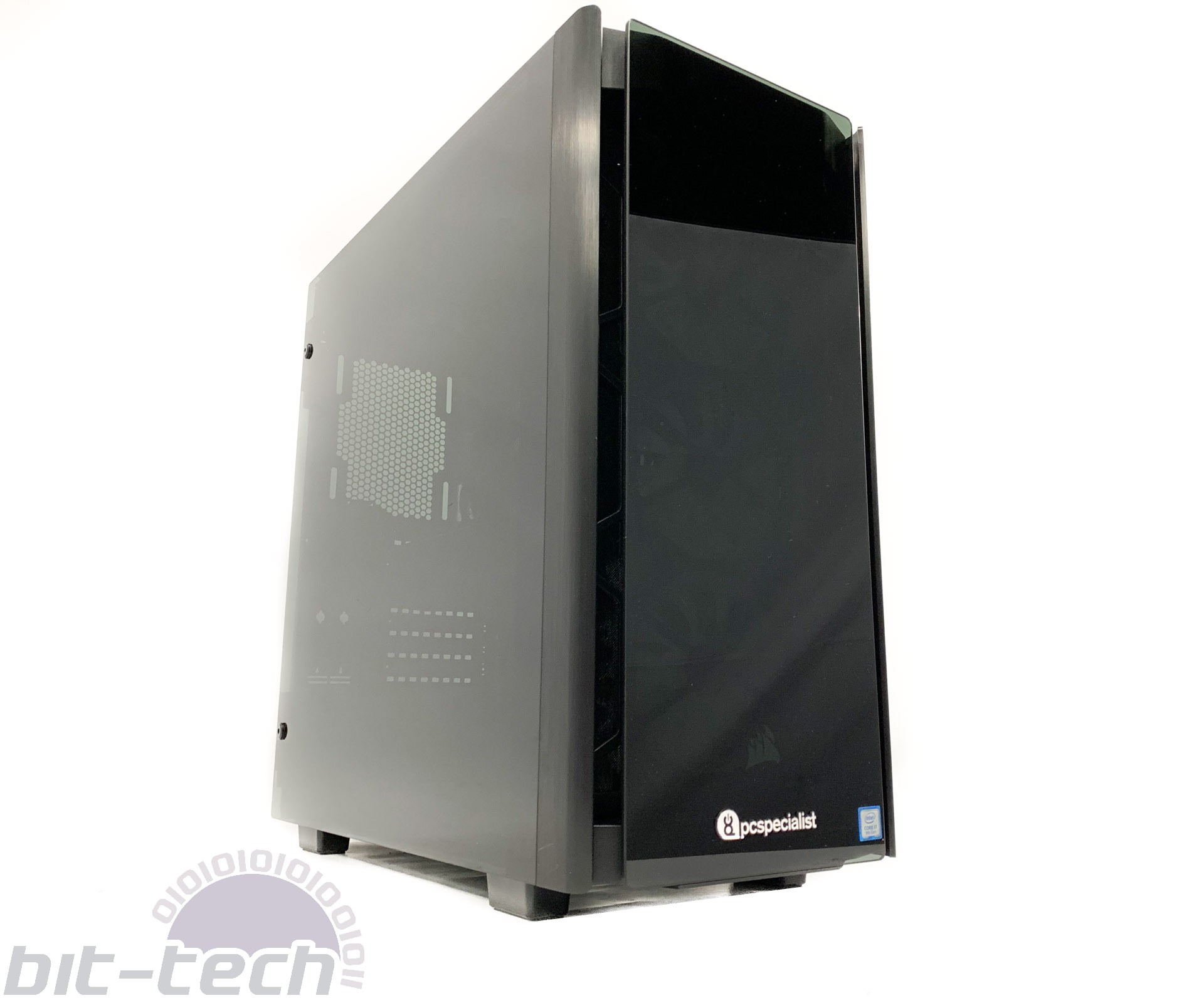
The PC has some interesting choices components-wise and we'll start with the main niggle we have, which is that despite using a Z390 motherboard and K-series Intel CPU in the form of the Core i7-9700K, PC Specialist hasn't overclocked the CPU. We're not sure what's behind this apparent trend, with CyberpowerPC also having failed to overclock the same CPU in its Infinity X99 RTX PC, but it's pretty disappointing. With an all-core boost frequency of 4.6GHz and single-core boost of 4.9GHz, the lack of overclocking here is perhaps not as missed as it would have been a few generations ago, especially as we only managed to add a few hundred megahertz to that all-core boost frequency with our Core i7-9700K, which had a marginal impact in our benchmarks.
The obvious issue, though, is price. The Z390 chipset demands a premium, and it's usually the case that if you won't be overclocking you should opt for a cheaper H-series or B-series chipset. The trouble is Intel hasn't released any cheaper chipsets alongside Z390, with the likes of B360 and H370 still your only options if you won't be overclocking. This, then, explains PC Specialist's choice of the Asus ROG Strix Z390-E Gaming, even though it hasn't applied an overclock out of the box, as it clearly feels the need to add a dash of premium elsewhere in the PC so the monstrous Zotac Gaming GeForce RTX 2080 Ti Amp graphics card isn't too lonely at the top.
This triple-slot beast also has three fans and remained very quiet under load; only the Corsair H100X cooler made any sort of noticeable noise and even then only during our stress test. Even here, it was far less noisy than other H100-series coolers we've tested from Corsair thanks to its fans being limited to 1,700 RPM instead of the blistering 2,400 RPM on coolers such as the H100i Platinum. This is all housed in a Corsair Obsidian 500D case, which offers plenty of room for expanding your system should you want to add a discrete sound card or DIY liquid-cooling system at a later date. As it stands the Corsair H100X is sensibly located in the roof, so it shunts that warm air from the CPU straight out of the case.
There's plenty of scope for adding storage too with a trio of vacant 2.5" trays and a spare 3.5" tray too. For the money we'd usually expect a slightly more lavish storage setup than the 512GB Intel 760p M.2 SSD and 1TB Seagate Barracuda hard disk that come included with the system, but the graphics card takes up a huge proportion of the asking price compared to older systems we've reviewed, leaving less cash available for other components. PC Specialist has done a reasonable job of cable tidying, although it's a little sloppy around the SATA cables, which could easily have been stowed out of sight under the PSU cover.

PC Specialist has used Corsair's Commander Pro and RGB fan hub to control the fans and RGB lighting, which look great through the tinted glass side panel along with the 16GB of 3,000MHz Corsair Vengeance RGB memory, although given the option we'd prefer the snazzier Vengeance RGB Pro modules.
Specifications (as reviewed)
- CPU Intel Core i7-9700K (stock speed)
- CPU cores/threads Eight/eight
- Memory 16GB (2 x 8GB) Corsair Vengeance RGB 3,000MHz DDR4
- Graphics Zotac GeForce RTX 2080 Ti Amp (3 x DisplayPort, 1 x HDMI, 1 x USB-C VirtualLink)
- Motherboard Asus ROG Strix Z390-E Gaming
- Storage 1 x 512GB Intel 790p M.2 SSD, 1 x 1TB Seagate Barracuda
- Case Corsair Obsidian 500D, 2 x 50cm RGB LED strips
- Dimensions (mm) 233 x 502 x 508 (W x D x H)
- Cooling Corsair Hydro Series H100X
- PSU Corsair TX650M (semi -modular, 80 Plus Gold)
- Networking 1 x Gigabit LAN
- Audio 7.1-channel Realtek ALC1220 (onboard)
- Operating system Windows 10 Pro 64-bit
- Audio and USB Ports Rear: 3 x USB 3.1 Type-A, 1 x USB 3.1 Type-C, 2 x USB 3.0, 5 x audio jacks, S/PDIF out; Front: 1 x USB 3.1 Type-C, 2 x USB 3.0, headphone, microphone
- Warranty Three years (one month collect and return, one year parts, three years Labour)

MSI MPG Velox 100R Chassis Review
October 14 2021 | 15:04

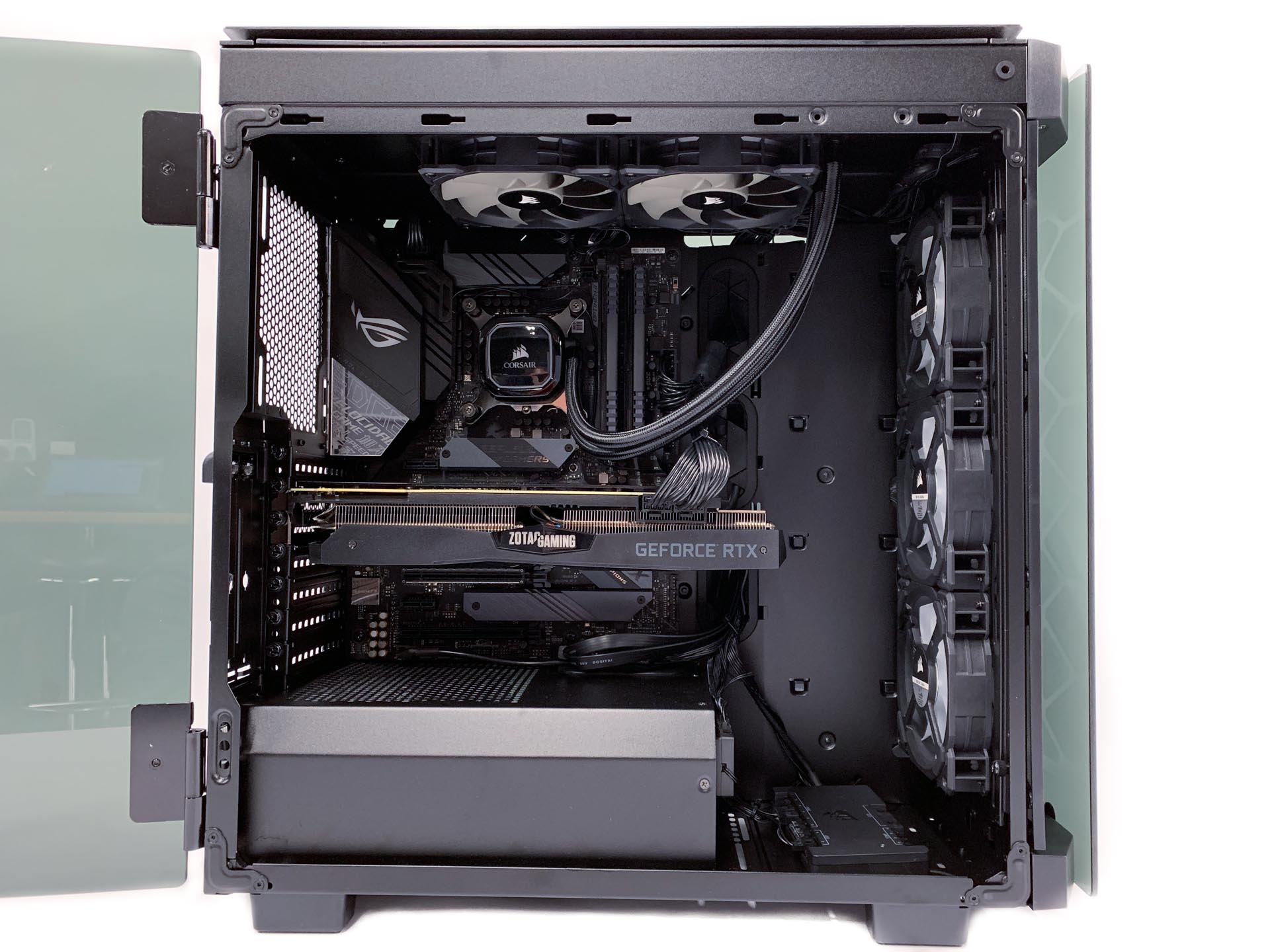

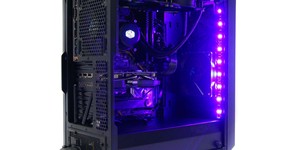
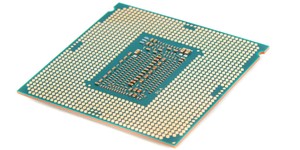
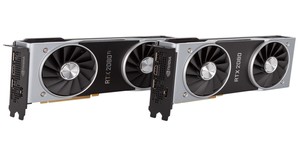




Want to comment? Please log in.